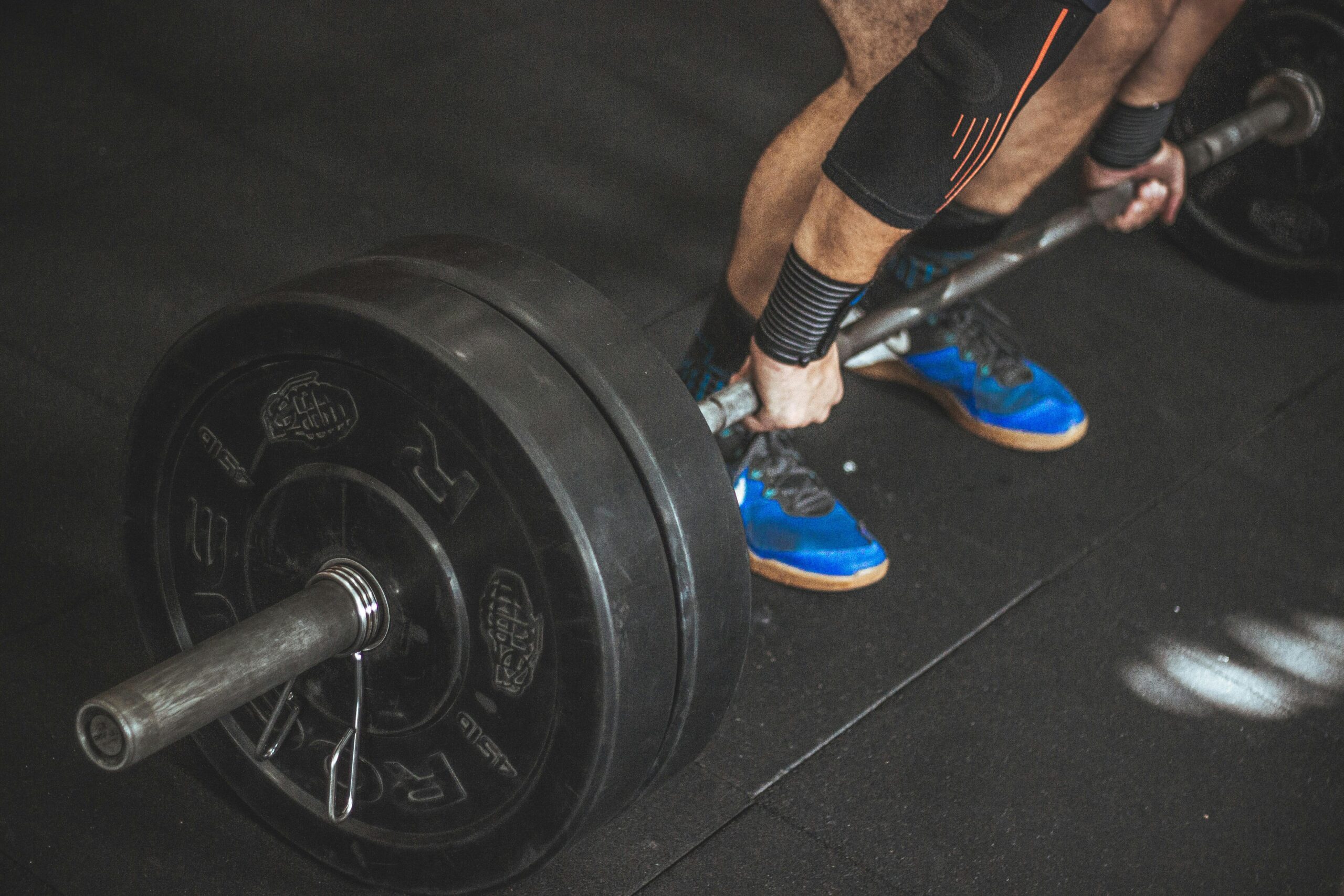

Prevent Injuries and Improve Performance: The Essential Guide to Flexibility and Mobility
Flexibility and mobility training are essential components of a balanced fitness regimen. While strength, cardio, and endurance exercises are often prioritized, flexibility and mobility provide the foundation for improved movement patterns, enhanced performance, and effective injury prevention.
Flexibility training enables your muscles and joints to move through their full range, while mobility exercises support joint stability and help improve movement efficiency. Together, these practices contribute to better workouts and a greater quality of life.
Dynamic Stretching for Pre-Workout Warm-Ups
Dynamic stretching is an active form of stretching that involves controlled movements to prime your muscles and joints for a workout. Unlike static stretching, which involves holding a stretch in place, dynamic stretching helps increase blood flow to muscles, improves joint flexibility, and activates muscle groups before exertion. Research indicates that dynamic stretching pre-workout can improve power, agility, and performance, particularly for high-intensity or strength-focused exercises.
Sample Dynamic Stretches:
- Leg Swings: Stand on one leg and swing the other leg back and forth in a controlled motion.
- Arm Circles: Extend your arms and perform small to large circular motions to loosen shoulder muscles.
- Lunges with a Twist: Step into a lunge, twist your torso toward your lead leg, then alternate sides.
- High Knees: Lift your knees toward your chest in a jogging motion to engage your lower body and core.
Dynamic stretching is most effective when performed for 5–10 minutes at the start of your workout. Studies have found that incorporating dynamic stretching increases muscle temperature, which is key to muscle flexibility and activation for a safe workout.
Static Stretching for Post-Workout Recovery
After a workout, static stretching is an effective way to relax muscles and reduce post-workout soreness. This form of stretching involves holding a stretch for an extended period, usually 15–60 seconds, which helps elongate muscles and tendons and reduce stiffness. Research has shown that static stretching post-exercise supports relaxation and assists in the release of lactic acid, a byproduct of exercise that contributes to soreness.
Suggested Static Stretches:
- Hamstring Stretch: Sit with one leg extended and reach for your toes to stretch your hamstrings.
- Quad Stretch: Stand on one leg, grab the ankle of the opposite leg, and pull it toward your glutes.
- Chest Stretch: Extend both arms behind your back, clasp your hands, and gently pull back to open the chest.
- Triceps Stretch: Extend one arm overhead, bend it, and pull the elbow gently with your opposite hand.
Incorporating static stretching into a post-workout routine helps you wind down, promoting better recovery and reducing the likelihood of stiffness and discomfort.
Foam Rolling for Muscle Relief and Mobility
Foam rolling is a form of self-myofascial release (SMR) that involves using a foam roller to apply pressure to specific muscle groups, releasing built-up tension and improving mobility. Studies show that foam rolling can increase joint range of motion, reduce muscle tightness, and accelerate recovery, making it a valuable addition to flexibility and mobility training.
Tips for Effective Foam Rolling:
- Go Slow: Roll each area slowly, spending at least 30 seconds on each muscle group.
- Focus on Trigger Points: Apply pressure to areas that feel tender, breathing deeply as you roll.
- Combine with Stretching: Use foam rolling to break up tension, followed by stretching to improve flexibility.
Regular foam rolling can prevent muscle imbalances, reduce the risk of injury, and support efficient movement patterns by promoting optimal muscle function.
Yoga and Pilates for Flexibility and Balance
Yoga and Pilates are both holistic forms of exercise that emphasize flexibility, balance, and core stability. Practicing yoga and Pilates regularly has been shown to enhance full-body mobility, improve posture, and boost mental relaxation, which are vital for overall well-being.
Key Benefits of Yoga and Pilates:
- Flexibility: Both yoga and Pilates involve a variety of poses that stretch and strengthen the muscles.
- Balance: These practices challenge core stability, which enhances balance and coordination.
- Body Awareness: Practicing poses and movements with control improves proprioception, or the body’s sense of position in space.
Adding a yoga or Pilates session to your weekly workout routine can promote better movement efficiency, help prevent injuries, and support longevity in your fitness journey.
Here Is A Comprehensive List of GYMS in Abuja for Your Fitness Goals
Benefits of Consistent Flexibility Workouts
Flexibility exercises aren’t only beneficial for workouts but also support long-term health. Consistent stretching and mobility work can improve joint health, reduce muscle imbalances, and promote better posture. Studies show that improved flexibility enhances performance in sports and everyday activities, as muscles can function optimally through a full range of motion. For a balanced approach, aim to incorporate a 10–15 minute flexibility routine several times a week.
Sample Flexibility Routine:
- Warm-Up with Dynamic Stretches: 5 minutes
- Full-Body Foam Rolling: 5–10 minutes
- Static Stretching: 5 minutes focusing on any tight muscle groups
Consistent flexibility training can lead to greater functional strength, improved posture, and an overall better quality of life as muscles and joints work together effectively.
Top 4 Gyms in Abuja with the Most Advanced Workout Techniques To Avoid Injuries
If you’re looking to take your fitness journey to the next level, Abuja offers a variety of gyms equipped with the most advanced workout techniques. These gyms not only provide top-of-the-line equipment but also incorporate innovative training methods designed to optimize your performance, whether you’re aiming for strength, endurance, flexibility, or overall body transformation. From high-intensity interval training (HIIT) to functional fitness and cutting-edge recovery options, here’s a look at the best gyms in Abuja offering the latest in fitness technology and expert guidance.
1. KALEO GYM and FITNESS CENTRE
Located in Gudu, KALEO GYM, and FITNESS CENTRE offers a top-tier gym experience with advanced workout programs tailored for all fitness levels. The gym is equipped with modern machines and tools that allow for innovative training approaches, from high-intensity interval training (HIIT) to functional fitness circuits. KALEO’s trainers are skilled in progressive workout techniques to help members reach their fitness goals efficiently.
What sets it apart:
KALEO’s unique combination of high-tech equipment and personalized training sessions ensures a customized approach for each member, whether focused on strength, endurance, or flexibility.
Location: Gudu, Abuja, Municipal Area Council
Contact: 08173646411
2. Rare Concept Fitness Gym & Physio
Rare Concept Fitness Gym & Physio in Old Karu is a standout for its incorporation of both advanced fitness and physiotherapy techniques. This facility offers high-performance training, personalized fitness programs, and injury prevention services, making it ideal for those who want an edge in athletic conditioning or rehabilitative fitness.
What sets it apart:
With a team experienced in both fitness and physiotherapy, Rare Concept Fitness Gym & Physio is perfect for those who want to push their limits while staying safe and minimizing injury risks.
Location: 202 Itsekiri Way, Old Karu, Abuja
Contact: 07030023228
3. Gym Leo’s Fitness
Gym Leo’s Fitness in Lugbe is a gym dedicated to transformation through advanced workout methods. With cutting-edge equipment and a focus on high-intensity workouts, strength training, and metabolic conditioning, Gym Leo’s Fitness offers a variety of challenging programs aimed at delivering quick, visible results.
What sets it apart:
Gym Leo’s Fitness is known for pushing boundaries with high-energy classes, boot camps, and personalized coaching sessions to keep members motivated and on track toward their goals.
Location: Grillarz Garden, Pyakassa, Ring Road 3, Lugbe
Contact: 08157199277
4. Evolve 360
Evolve 360 in Gudu is known for its holistic approach to advanced fitness. With classes ranging from plyometric training to functional movement and flexibility exercises, Evolve 360 focuses on overall body transformation. The gym also offers recovery options to support high-intensity training regimens, making it a favorite for those who take fitness seriously.
What sets it apart:
Evolve 360 specializes in balance training, resistance workouts, and recovery-focused techniques, ideal for anyone wanting to achieve peak physical condition while reducing the risk of injury.
Location: Plot 649 Franca Afegbua Crescent, Gudu
Frequently Asked Questions
- How often should I stretch?
- Aim to incorporate flexibility exercises into your routine at least 2–3 times per week for noticeable improvements. If flexibility is a primary goal, consider stretching daily.
- What’s the difference between flexibility and mobility?
- Flexibility refers to the length of muscles and their ability to stretch, while mobility focuses on the range of motion in a joint. Both are essential for smooth, efficient movement and are often interdependent.
- Can flexibility exercises replace strength training?
- While flexibility and mobility exercises complement strength training, they don’t replace it. Combining flexibility work with strength and cardio exercises provides a balanced fitness regimen.
Conclusion
Incorporating flexibility and mobility exercises is essential for an effective, well-rounded fitness routine. From dynamic stretching before workouts to foam rolling and yoga, these practices support joint health, prevent injuries, and enhance overall movement quality. By prioritizing flexibility, you’ll experience greater performance, improved recovery, and a more balanced approach to fitness.
